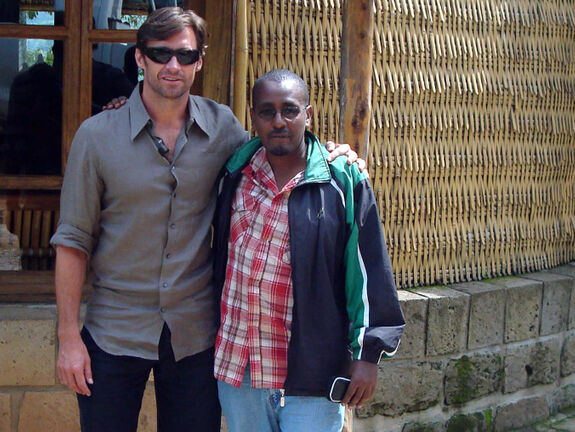Attractions
Ethiopia is a beautiful, diverse and exciting country - we'd love to share it with you.
At the heart of the attractions of Ethiopia lies its cultural diversity reflected in the diverse way of life, housing, religious practice, ritual, costume, body decoration and cuisine. The Omo Valley stands out as the most diverse and colourful part of Ethiopia. Meeting the people of the Omo Valley and attending the Hamers’ cattle jumping ceremony is a once in a life time experience. The Omo Valley is also the home of the legendary Mursi people where the women decorate themselves with clay lip plates.
Being the land of one of the oldest Christian traditions on earth, Ethiopia boasts numerous ancient churches and monasteries. At the top of the list come the rock churches of Lalibela. In no other part of the world can one see such refined monolithic churches. The largest of them is, in fact, the largest rock hewn church in the world. It is also in Lalibela we get the most photographed church in Ethiopia, the cruciform Bete Gyorgis. For art lovers Ethiopia offers beautifully painted churches in the Tigray, Gondar and Lake Tana regions.
Attending the Ethiopian Orthodox Church’s religious festivals like Timqet (Baptism) and Mesqel (commemoration of the finding of the True Cross) which attract thousands of believers are very moving experiences for a visitor.
Ethiopia is one of the countries where Islam found a home in its early days. The walled city of Harar in eastern Ethiopia claims to be one of the earliest Muslim cities in the world. Walking in the narrow alleyways of the old city of Harar is to walk back in time.
What to do in Ethiopia
Abrha we Asbha
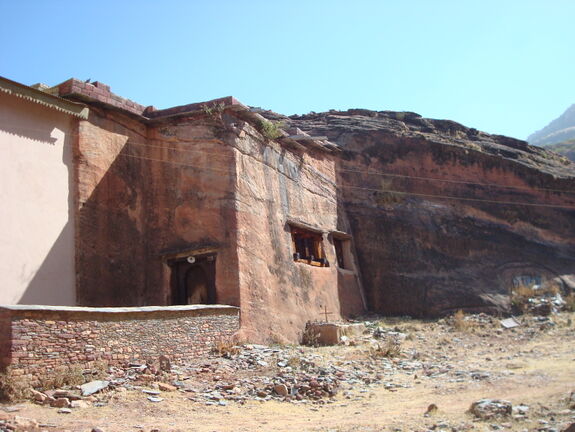
The external simplicity of the rock-hewn church of Abrha we Asbha is misleading. Of rock-churches in Tigray, Abrha we Asbha is regarded the best for its interior architectural details and decorations. It also has very elaborate works of art.
Abune Betre Maryam

The round church of Abune Betre Maryam is one of the most accessible churches of Lake Tana. Like other circular churches in the region, the wall of the holy of holies is adorned with murals.
Abune Yimata
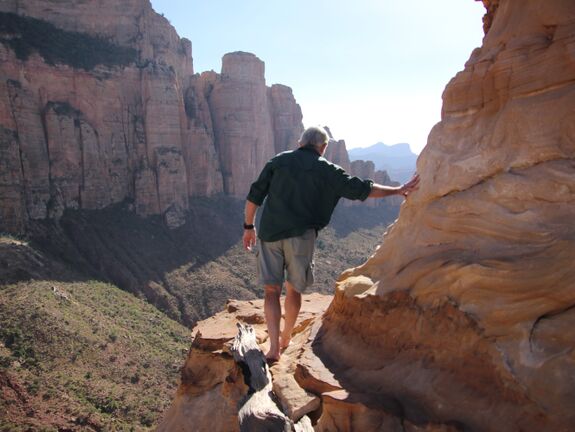
The church of Abune Yimata in Tigray is distinct for its location in a high standing sandstone column. To access it one has to climb up on the face of rock with sheer drops. Its interior is decorated with frescos.
Adadi Maryam

The rock-hewn church of Adadi Maryam is the southernmost rock-church in Ethiopia. Attributed to the 12th century King Lalibela, it can be visited as a day trip from Addis Ababa.
Addis Ababa
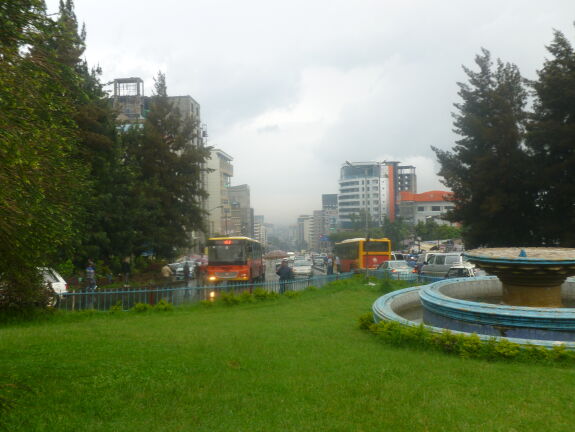
Addis Ababa is the gateway of almost all travelers to Ethiopia. The highlights of Addis Ababa include the National Museum (the home of the 3.2 million fossils of Lucy and other collections), the Ethnographic Museum, the Merkato (the largest open-air market in Africa) the Trinity Cathedral (which is the burial place of Emperor Haile-Sillasse) and the Entoto View Point.
Arbore
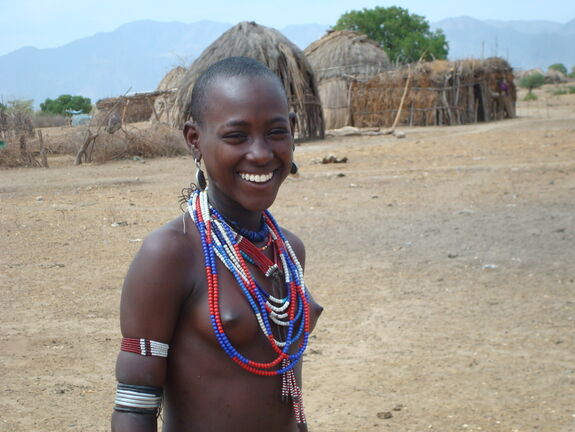
Inhabiting the southern part of the Omo Valley close to Lake Chew Bahir, the Arbore live in traditional papyrus made huts. Of their distinct indigenous way of life, one is their hair style. While unmarried Arbore girls shave, married ones wear their hair long.
Asheton Maryam
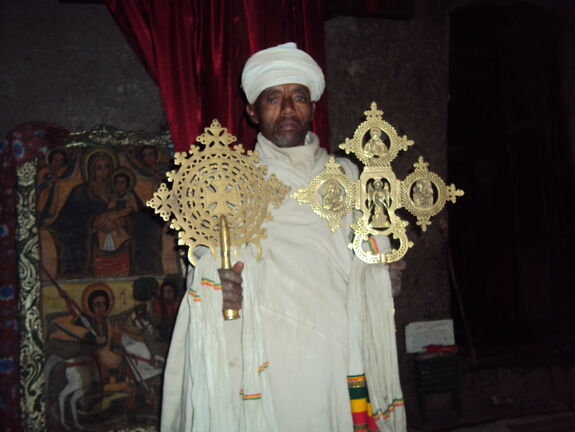
Situated some 2 hours walk from Lalibela, the church of Asheton Maryam is attributed to the 13th century King Neakutoleab. While architecturally the church is not that impressive, its location at the top of a hill with panoramic view makes it interesting. It also possesses collection of crosses and icons.
Axum

Axum is one of the oldest centers of Ethiopian civilization. It is also considered to be the home of the Ark of the Covenant and the cradle of Ethiopian Christianity. The highlight of the visit of Axum is the stelae park which harbor many syenite stelae. Originally measuring 33 meters and weighing 520 tones, the largest one was the largest piece of rock ever carved and transported by human beings.
Azwa Maryam

Azwa Maryam church is the most accessible of Lake Tan churches known for their murals. Besides to the usual biblical stories, the murals include rare subjects like the childhood of Christ.
Bale Mountains
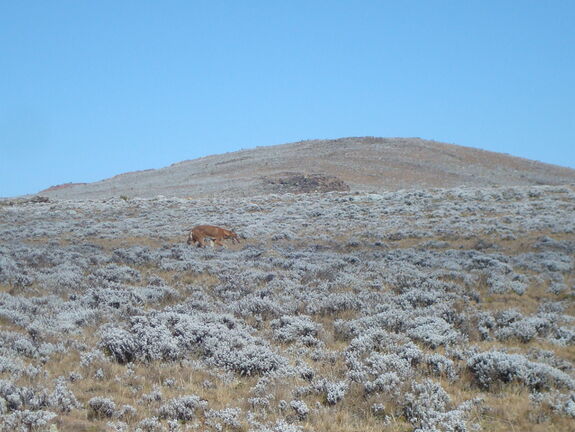
With 2,200km2, the Bale Mountains National Park encompasses diverse ecological regions including the largest Afroalpine habitat in Africa and the second largest forest in Ethiopia. It is the home of the endemic Mountain Nyala, Ethiopian Wolf, Menelik’s Bushbuck and Bale Monkey.
Birding
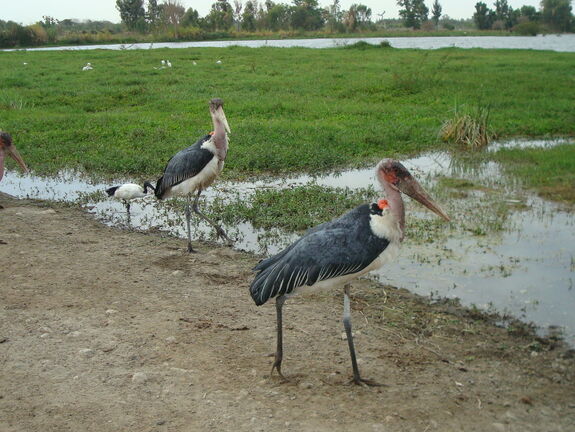
With over 928 species of birds Ethiopia is birdwatcher’s paradise. That it has 16 endemic and 15 near endemic species (shared only with Eritrea) makes Ethiopia a must for birdwatchers.
Cattle Jumping
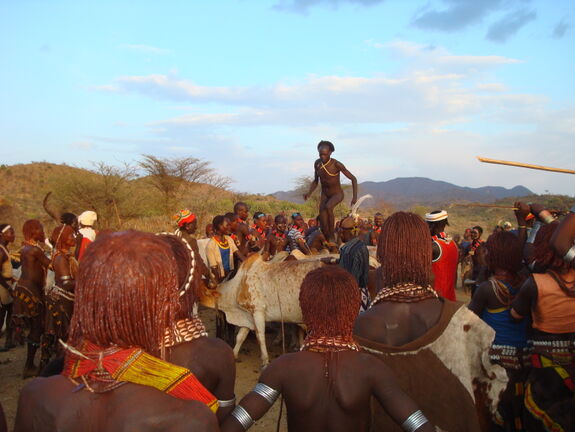
Cattle Jumping is the climax of the rite of passage ceremony practiced by the Hamer, Bena, Beshada and Kara people of the Omo Valley. In the ceremony a fully naked boy or man runs on the back of a row of cattle at least four times.
Coffee

The province of Keffa in Southwest Ethiopia is believed to be the origin of coffee as well as the word coffee, caffeine and café. The highest genetic diversity of coffee recorded in Ethiopia is a more scientific indicator of Ethiopia as a possible birth place of this plant. Ethiopians drink coffee regularly in an elaborate ceremony which involves washing fresh coffee beans, roasting and pounding them. Coffee ceremony has become the symbol of Ethiopian hospitality.
Dallol

With 116 meters below sea level, Dallol in northeast Ethiopia is one of the lowest places on earth. Minerals transported from the interior of the earth to the surface by hot springs and subsequent process of oxidization create constantly changing dream-like colorful landscape.
Dassanech
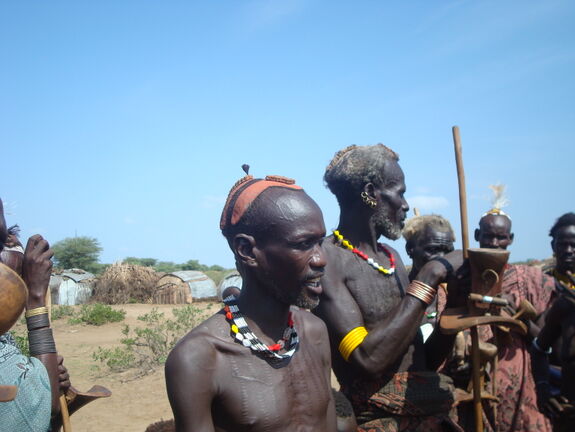
The Dassanech occupy the southernmost part of the Omo Valley. Though they practice agriculture along River Omo, livestock is an important component of their economy and culture. The arid condition of the region forces them to practice transhumant way of life.
Debre Birhan Sillasse

The church of Debre Birhan Sillasse at Gondar is one of the most profusely decorated churches in Ethiopia. Above all, it is famed for its unique images of heads of angels decorating its ceiling.
Debre Damo
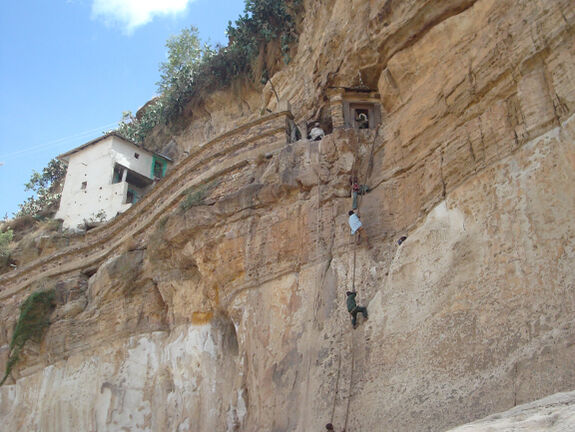
Of many monasteries in Ethiopia located in isolated places the most fascinating is Debre Damo, accessed only by rope. Its foundation goes back to the 6th century and the church is probably the oldest standing church in Ethiopia. Debre Damo is open only for males.
Debre Libanos

The celebrated Monastery of Debre Libanos founded by the 13th century saint Tekle-Haymanot can easily be accessed from Addis Ababa. The cave where the saint used to pray standing on one foot is still in use. The modern church built by Emperor Haile Sillasse in 1960 has interesting stained-glass windows.
Debre Sian Maryam

The church of Debre Sina Maryam at Gorgora (on the northern shore of Lake Tana) has rare 17th century murals. It is one of the few churches in the country that have kept their thatched roof.
Dorze

The Droze people, who inhabit mountains northwest of the town of Arba Minch, are known for building bamboo huts. While agriculture is the mainstay of their economy, they are also famous for weaving clothes.
Emperor Yohannes IV’s Palace
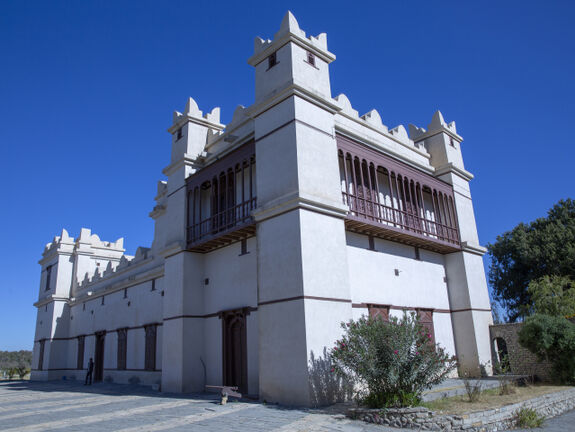
Emperor Yohannes IV who ruled Ethiopia from 1872-1889, built a magnificent palace at his capital city at Mekele. The palace, which is now a museum, houses Yohannes’ elaborate throne and other collections which give insight to his period.
Entoto View Point
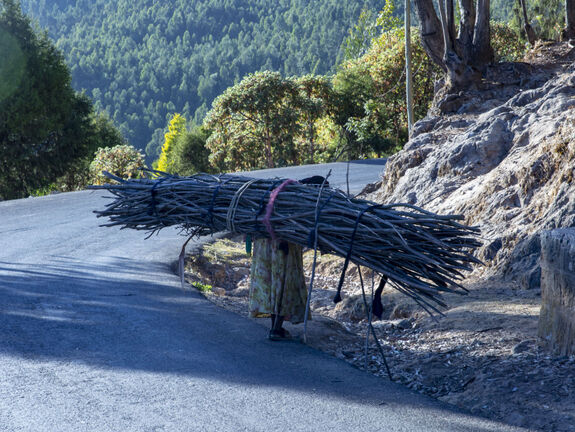
Occupying a commanding position north of Addis Ababa, the Entoto Hills provide a panoramic view of the capital city of Ethiopia. The scent from the eucalyptus forest covering the hills is refreshing.
Erta Ale

Located in the Ethiopian Rift Valley in northeast Ethiopia, the Erta Ale volcano is the oldest semi-permanent lava lake in the world. Travelling to Erta Ale involves driving on rough road, hiking for 3 hours and staying in a basic camping ground.
Ethiopian Wolf

With the population not more than 500 individuals, the Ethiopian Wolf (Canis simensis) is the rarest canid in the world. While there are more than seven separate populations of this species, half of the total population is found in the Bale Mountains National Park.
Ethnographic Museum
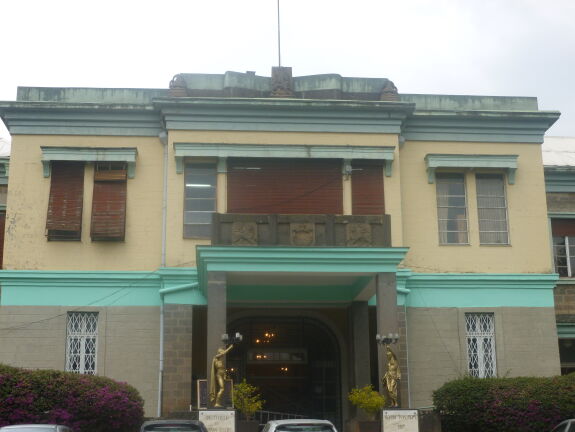
Housed in the former palace of Emperor Haile Sillasse, the Ethnographic Museum has collections from all over Ethiopia encompassing household goods, body decoration, economy and belief. It has also the best collection of Ethiopian crosses and icons.
Gelada Monkey
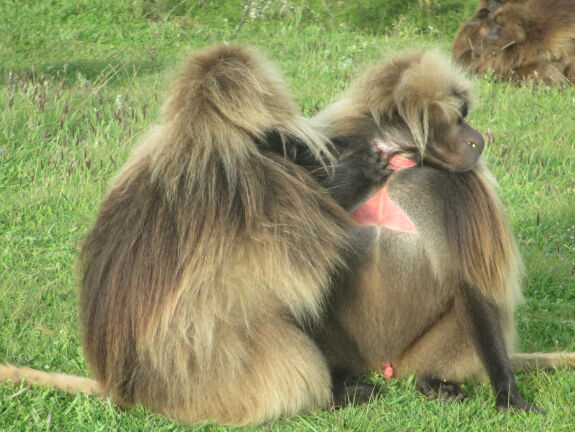
Geladas (Theropithecus gelada) are unique species of grass eating monkeys only found in Ethiopia. While they are common in many parts of the country, thousands of them live and hundreds of them can be seen in the Simen Mountains National Park.
Gondar

Gondar is the home of several Medieval castles from the 17th and 18th centuries. The first and the largest was built by Fasiledes, who founded Gondar in 1636. Gondar also boasts the church of Debre Birhan Sillasse, one of the most decorated churches in Ethiopia.
Hamer
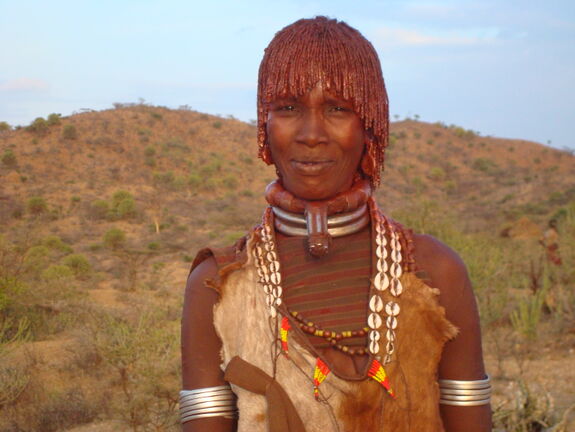
The Hamer are one of the most famous people of the Omo Valley known for maintaining their indigenous way of life reflected in their dressing and hairstyle among others.
Harar

The old City of Harar in eastern Ethiopia claims to be the fourth oldest Muslim city in the world. Its colorful markets and distinct houses are among its attractions. The hyena-show where wild hyenas are fed from human hand is unique to Harar.
Kara
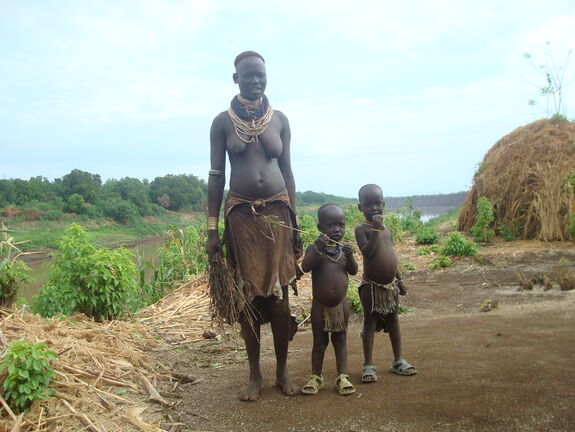
The Kara are one of the smallest ethnic groups of the Omo Valley. They occupy a strategic position on the bank of River Omo. They practice body painting for important occasions.
Konso

The Konso of Southwest Ethiopia have become world famous for their tradition of making terraces which they have been practicing for hundreds of years. Traditional Konso villages and their terraced lands have been recognized as UNESCO World Heritage since 2011.
Lake Chamo

Lake Chamo, the southern most of the seven Ethiopian Rift Valley Lakes, is known for its large crocodile population, hippos and bird life.
Lake Hawassa

The smallest of the Ethiopian Rift Valley Lakes, Lake Hawassa is rich in fish which attracts both humans and birds to its shore every day. A specialist birdwatching guide book on Ethiopia writes: “From a birding perspective, Lake Hawassa is the crown jewel of Ethiopia’s Rift Valley lakes…the fish market is one of Africa’s most remarkable avian spectacles…This place must be seen to be believed.”
Lake Tana

With 3,156km2 Ethiopia’s largest Lake Lake Tana is the source of the Blue Nile and the home of many monasteries and profusely painted churches including Ura Kidane Mihret, Narga Sillasse, Debre Sina Maryam, Azwa Maryam and Abune Betre Maryam.
Lake Ziway

For travelers driving between Addis Ababa and southern Ethiopia, Lake Ziway has become an established stop. It has amazing array of birdlife and its islands have long history which goes back to the 10th century as a sanctuary of the Ark of the Covenant.
Lalibela
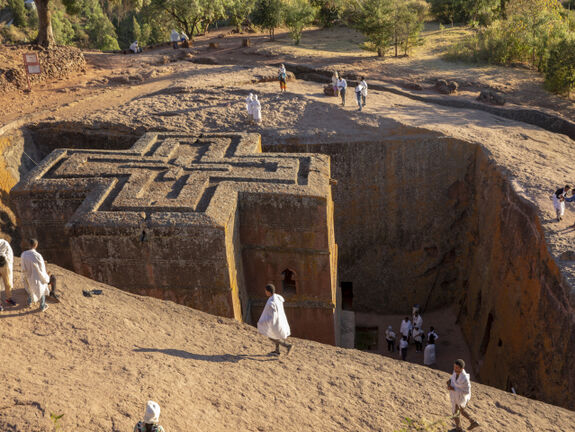
Lalibela is the home of eleven churches carved out of volcanic tuff in the 12th century. While rock-churches are common in Ethiopia, the Lalibela ones are unique due to their concentration and refinement. It is only here we get free standing monolithic churches. The Lalibela churches are regarded widely as one of the wonders of the world. The highlight of the visit of Lalibela is the cruciform church, Bete Gyorgis, which is undoubtedly the most photographed church in Ethiopia.
Local Life Experience
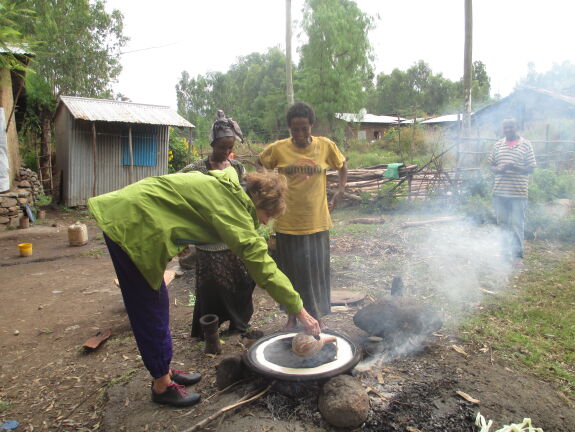
At Nightjar Tours we always make sure every tour includes local life experience including stopping on the way to see activities such as farming, threshing, fetching water, or private home visits to have meals or coffee with an Ethiopian family. Such activities provide travelers the opportunity to have a firsthand experience of Ethiopian way of life.
Markets of the Omo Valley
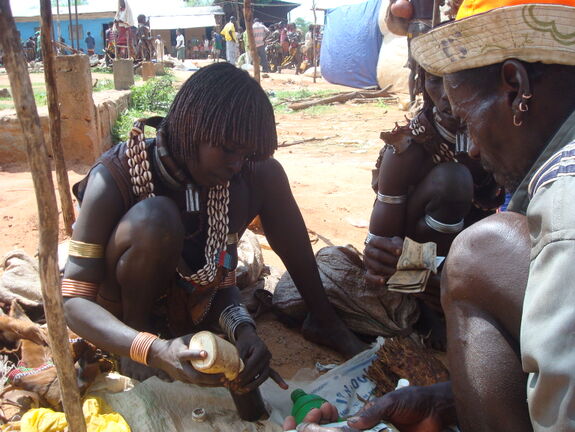
For travelers to the Omo Valley visiting at least one of the three Omo Valley markets would make the experience complete. These are the Monday & Thursday market at Turmi, the Saturday & Tuesday market at Dimeka and the Thursday market at Key Afer. The Saturday market at Jinka, Tuesday at Alduba, Monday at Kako and Saturday at Arbore are also interesting. Markets in the Omo Valley are not only places of exchange of goods and services, but also are arena of socialization.
Maryam Korkor
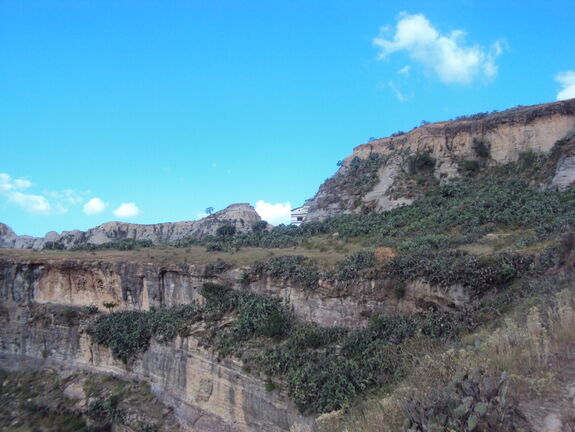
Located on top of a sandstone formation, the rock-hewn church of Maryam Korkor in Tigray is known for rare age-old frescos depicting Old and New Testament Scenes.
Melka Kunture Stone Age Site

Situated only 50 kilometers south of Addis Ababa Melka Kunture is a Stone Age site dates back to 1.5 -1.7 million years. The sites where discoveries of stone tools and fossils have been made are open to visitors.
Merkato
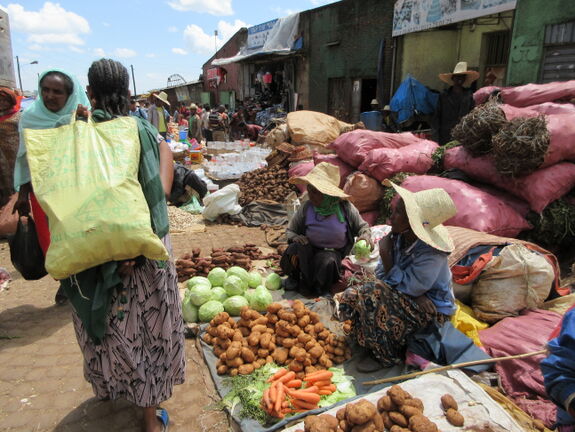
Famed as the largest open-air market in Africa, Merkato is a daily market (except Sundays) in Addis Ababa. That it also serves as a center of distribution of goods for large part of Ethiopia contributes for its vastness.
Meskel Festival
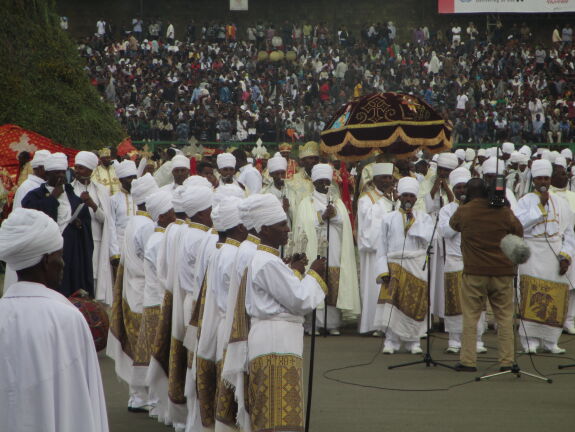
Meskel Festival (the Founding of the True Cross) celebrated on 26th or 27th of September by burning a big bonfire commemorating the acts of Queen Elena, the mother of Constantine the Great. Determined to discover the Ture Cross, following the advice of elders Elena lighted bonfire and guided by the smoke to uncover the buried cross.
Mursi
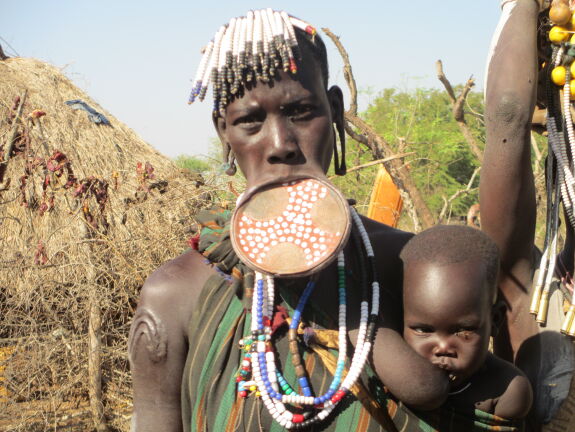
The Mursi are the most famous people of the Omo Valley who have kept their indigenous way of life. Mursi girls and women are known for wearing lip-plate as a form of decoration.
Narga Sillasse

Situated in the middle of Lake Tana, the 18th century church of Narga Sillasse has one of the best examples of colorful Gondar Style works of art.
National Museum
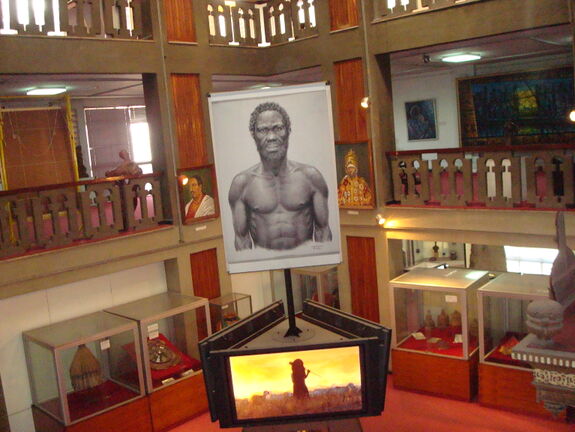
Housing the 3.2 million years old Lucy (arguably the most famous hominid fossil in the world) and other paleontological, archeological and ethnographic collections, the National Museum stands out as one of the main attractions in Addis Ababa.
Neakutoleab
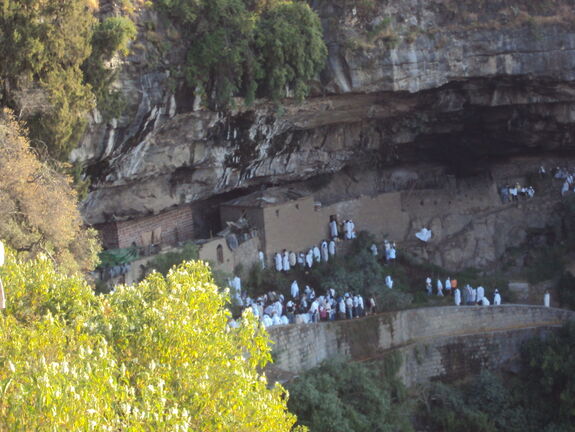
The unusual cave church of Neakutoleab is one of the most accessible churches close to Lalibela. It is attributed and dedicated to the 13th century King Neakutoleab.
Negashi
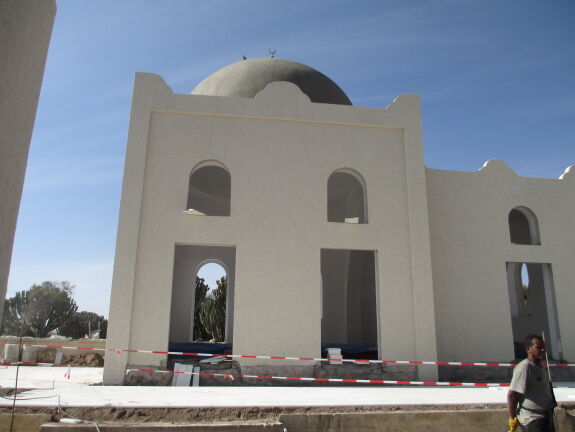
To escape persecution in Arabia in the early days of Islam, in 615 Prophet Mohammed dispatched some 100 early Muslims to Ethiopia. The Ethiopian King Asihima gave them protection. Later while many of them returned to Arabia, some died and buried at Negashi (50 kilometers north of Mekele) along the Ethiopian king who gave them protection and embraced Islam as to Islamic tradition.
Omo Valley
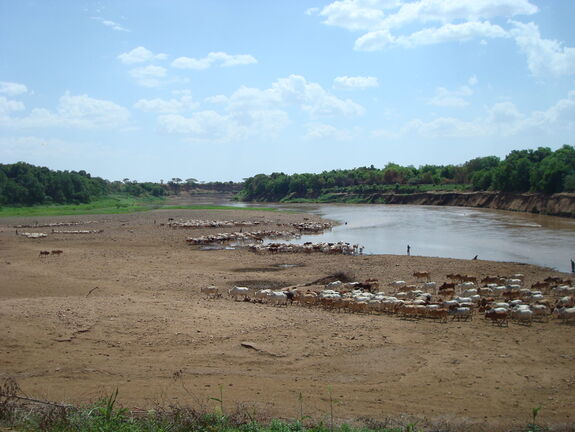
The Omo Valley is known for being land inhabited by diverse ethnic groups who have kept their indigenous way of life. The most famous of the Omo Valley people are the Mursi and the Hamer.
School Visit
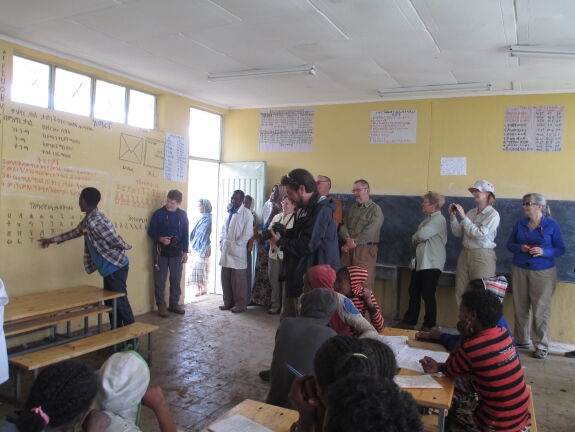
While traveling with Nightjar Tours apart from the usual tourist sites, you will get chances of experiencing local life and schools. We have very close relationship with some schools which we support regularly.
Shopping
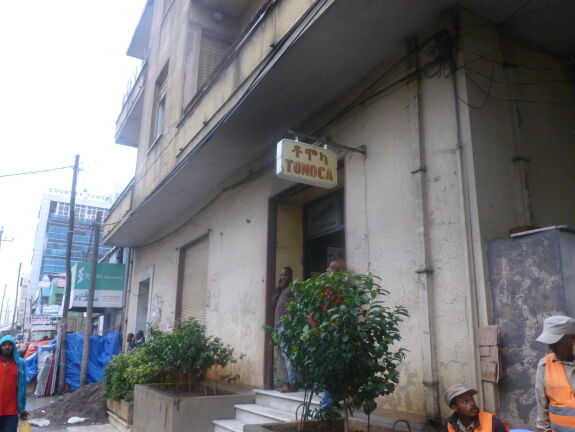
When traveling with Nightjar Tours, we make sure that travelers get shopping opportunities in Addis Ababa and elsewhere.
Simen Mountains

Regarded by many as the “Grand Canyon of Ethiopia”, the Simen (North) Mountains is known for its breathtaking landscape and unique flora and fauna including Gelada Monkey, Walia Ibex and Ethiopian Wolf. Simen Mountains National Park is one of the best places for trekking. The most established route takes 6 days and goes all the way to Ras Dejen, the highest peak in Ethiopia at 4,553 meters asl.
Tigray Rock Churches
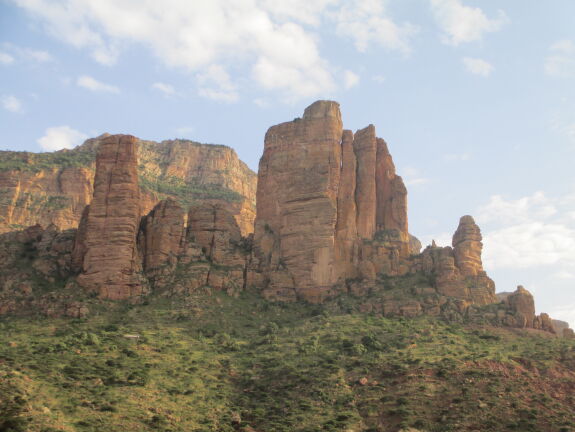
Of over hundred rock churches in Ethiopia, most of them are located in Tigray Region in northern Ethiopia. Besides to their being carved from a single rock, their location is fascinating. Some of them such as Abrha we Asbha are easy to access, while churches like Abune Yimata require climbing on rock face with sheer drop.
Timket Festival
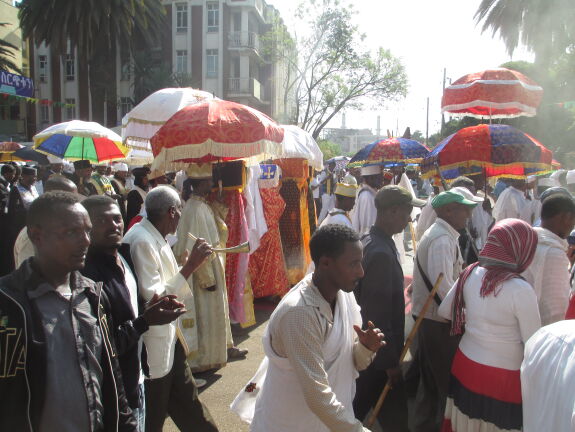
Timket (the Baptism of Christ) is a major annual festival of the Ethiopian Orthodox Church marked on January 19th. It involves the transportation of tabots (replica of the tablets of Moses) from individual churches in warm procession to a water body on the eve of Timket on January 18th and return to the churches in a similar procession on January 19th.
Tis Abay (Blue Nile Falls)

Located some 35 kilometers south of the city of Bahir Dar, Tis Abay is the second largest water falls in Africa next to Victoria and the sixth in the world after Iguazu, Victoria, Niagra, Angel and Kaieteur. It is in its best beauty during the wet season: July-October.
Tiya

The 12th century Tiya graveyard south of Addis Ababa has a collection of decorated stone grave markers. The motifs carved on the stelae are thought to hint about the identity of the people buried underneath. The site is one of UNESCO World Heritages in Ethiopia.
Trinity Cathedral
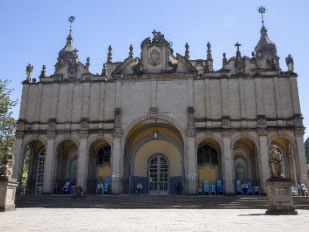
Built by Emperor Haile Sillasse in 1944, the Trinity Cathedral serves as the burial place of the Emperor and other Ethiopian dignitaries. Its stained-glass windows depicting Old and New Testament stories were novelty in the country.
Tsemai
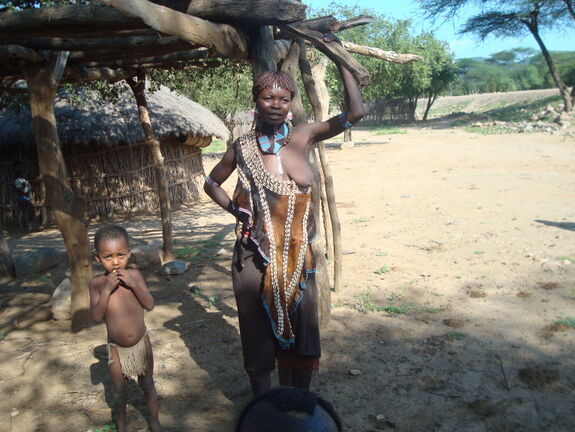
The Tsemai people occupy land west of River Weyto, the gate way of the Lower Omo Valley. They practice animal husbandry and farming. They have kept some aspects of their indigenous way of life.
Ura Kidane Mihret

Located at the Zege Peninsula of Lake Tana, the circular Ura Kidane Mihret church is known for its paintings encompassing Old and New Testament and other stories known mainly in Ethiopia.
Weleka, the former Jews Village

The village of Weleka just north of Gondar was inhabited for centuries by Ethiopian Jews. Following the latter’s departure to Israel, the village has been taken over by Christian communities. Seeing visitors’ interest in Ethiopian Jews tradition, the new community has continued producing artifacts associated with the former inhabitants such as clay made figures of the Queen of Sheba and King Solomon.
Wildlife
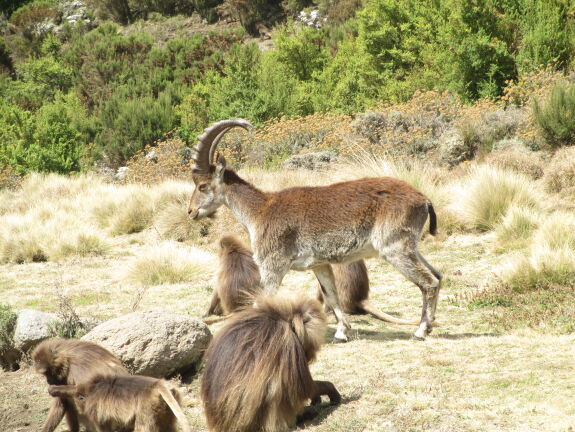
Ethiopia is the home of all the big games of African savanah plus unique species found nowhere else including Mountain Nyala, Menelik’s Bushbuck, Walia Ibex and Ethiopian Wolf, Swayne’s Heartbeat, Wild Ass, Bale Monkey and Gelada Monkey.
Wukro Kirkos

Wukro Kirkos is the most accessible of the Tigryan rock churches. Though it is not as elaborate as Abrha we Asbha, it is assumed to be an imitation of the latter.
Wukro Museum

The archeological Museum at Wukro (north of Mekele) houses findings from pre-Christian sites in the region. The most important collection of the Museum is the libation altar discovered at the pre-Christian Temple at Meqaber Ga’ewa near Wukro.
Yeha
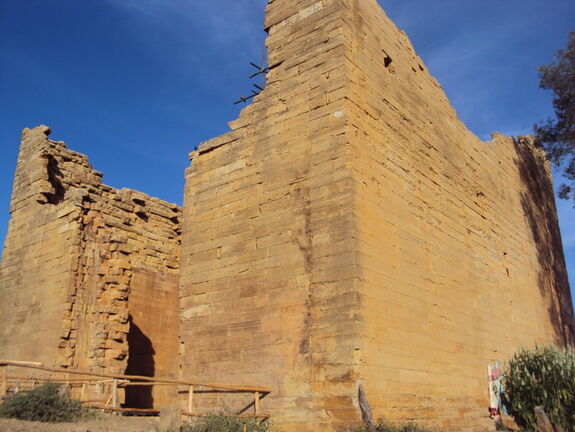
Situated some 55 kilometers east of Axum, Yeha was a center of a pre-Axumite state. A temple dated to the 7th century BC is the main remain from the heyday of Yeha. It is the oldest standing structure in Ethiopia.
Yimrhane Kirstos
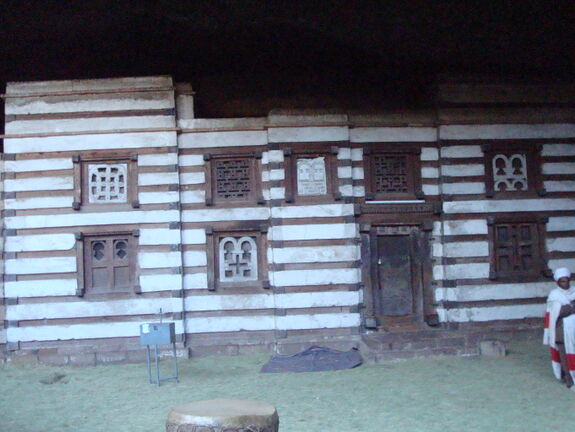
The 12th century church of Yimrhane Kirstos located some 42 kilometers north of Lalibela is regarded as one of the best built up churches in Ethiopia. That it is built inside a large cave helped its survival in good shape for centuries.
